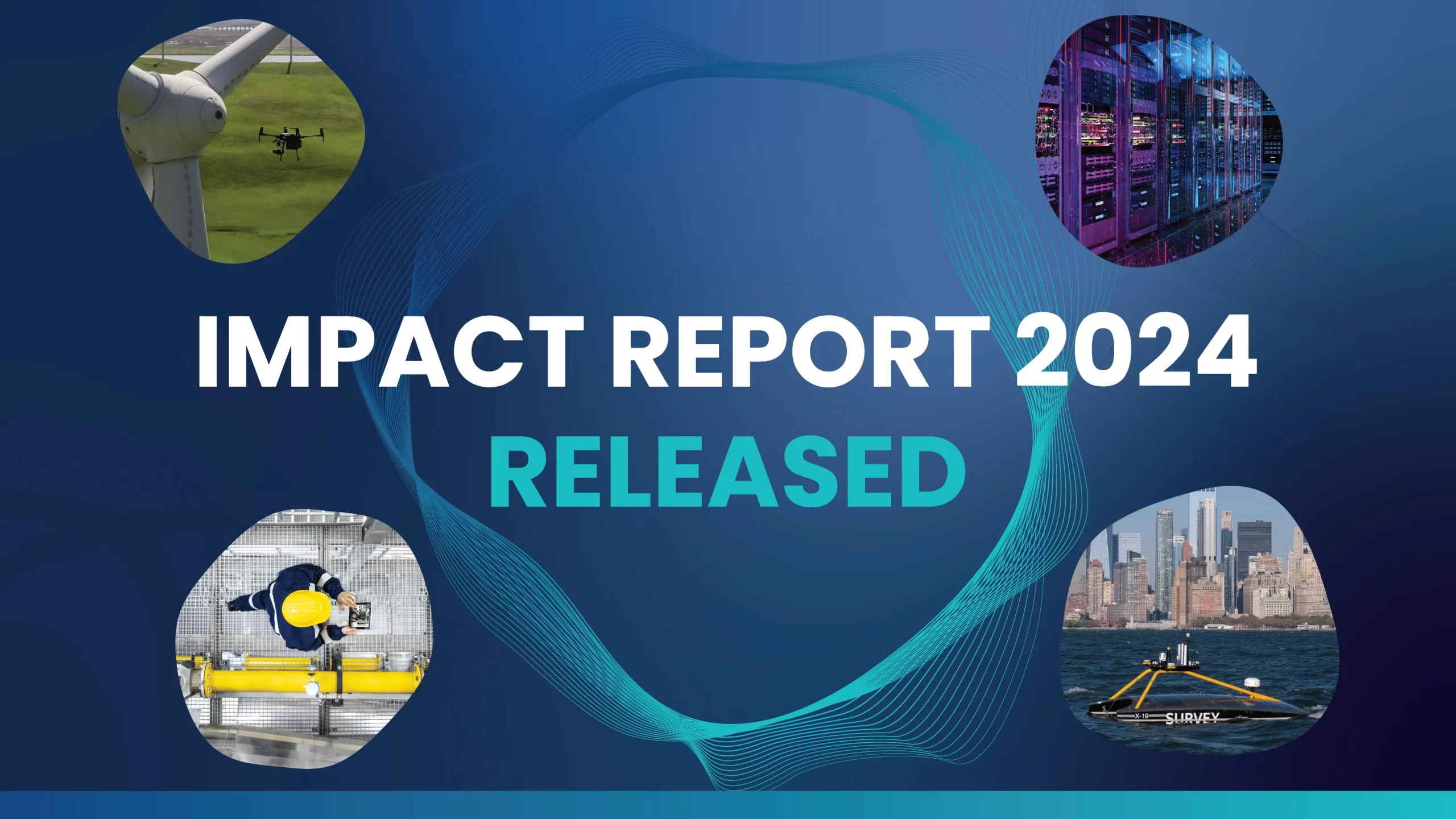



OGCI Climate Investments’ portfolio company GHGSat is a global leader in high-resolution remote-sensing of greenhouse gas (GHG) from space, providing accurate and timely emissions data worldwide. The company currently operates six proprietary satellites to detect and measure methane emissions around the world. In 2021, 76% of methane emissions measured by GHGSat were undetectable by public satellites. Actionable data requires high resolution measurements and a low detection threshold, and GHGSat’s patented pioneering technology provides both.
Working with industries such as oil and gas, coal mining, and waste management, GHGSat uses advanced analytics and public satellite data to remotely monitor areas with a high risk of emissions. The firm’s satellites are equipped with a state-of-the-art sensor that detects methane emissions from sources 10 times smaller than public and scientific satellites, and can attribute emissions sources with 100 times higher precision than other commercial or state-funded satellites.

Methane, a far more potent greenhouse gas than carbon dioxide in the near-term, has contributed around 30% of observed global warming to date. Almost a quarter of man-made methane emissions come from the oil and gas sector, and addressing this issue is one of the most critical near-term challenges for the industry. Methane is essentially leaking natural gas, so stopping large methane leaks also helps address energy security issues.

Detecting and measuring methane emissions is the first crucial step towards eliminating them, and it can be done with highly effective, wide area remote sensing technologies. In 2021, the Oil and Gas Climate Initiative (OGCI) launched a Satellite Monitoring Campaign with GHGSat and Carbon Limits, a technical partner with in-depth knowledge of methane emissions in developing countries, to help reduce methane emissions from oil and gas operations, demonstrate the capability of satellite technology to detect and quantify methane in Iraq and provide information to local operators to help them drive emissions reduction.
GHGSat’s satellite technology collected actionable data for the Campaign, being able to capture facility-level emissions at a more granular level with lower detection limit than public satellites. For this program, GHGSat performed over 175 high-resolution observations over six selected sites during a nine-month period, using its own satellites and public satellite data. Sites were selected on the likelihood of having facilities with observable methane emissions based on existing evidence – from public and GHGSat satellites – of methane plumes, flaring volumes, age of infrastructure, size of the field and production volumes.
Over 80% of the observations performed by GHGSat were successful. This means they were able to identify and quantify emission rates, where present, as low as 70 kg CH4/hour. This high detection rate was achieved despite observation challenges such as the presence of water near to the source, cloud coverage and dust storms.
Only 20% of successful observations detected methane emissions. When detected, the methane emissions were significant, with an average emission rate at the six areas of interest was almost 1,500 kg CH4/hour. If the plume continued unabated for just that one hour, the emissions would be equivalent to the hourly energy use of 43,000 US homes [1].
Two of the plumes detected by GHGSat in Iraq contributed more than 25% of the total detected emissions[2], while at two of the monitored sites, GHGSat didn’t observe any emissions.
At one site, operators were able to make improvements in routine procedures, cutting repeatedly observed methane emissions in the range of 0.5 to 8.0 t CH4/hour to a level not detectable by satellite over the course of a few months in 2022. However, some emission sources take longer to address and require larger capital investments. The most common emissions sources observed, established in communication with the operators, were associated gas flaring, direct venting, and maintenance events.
[1] Assuming global warming potential (GWP) of methane over 100 years of 28, and using EPA Greenhouse Gas Equivalencies Calculator (2022)
[2] Please note that plume observations are not independent and multiple detections at the same asset at different times are included in the analysis.
The Campaign demonstrated that there are challenges and opportunities associated with using satellite data and engaging with local operators to support mitigation of methane emissions. Opportunities may arise through an integrated approach, combining satellite observations and targeted peer engagement with the operators.
For all identified and attributed plumes from both public and GHGSat satellites, the Campaign team shared information promptly with the relevant operators to facilitate further investigation and, where applicable, mitigation. OGCI member company presence or relations with local operators facilitated effective and prompt reaction on the ground, leading to emission reductions. As more work remains to be done to address some of the earlier identified plumes and to mitigate identified methane sources, the Campaign will continue to provide capacity building with local operators in Iraq.
Given the promising results, the Campaign has now been extended to 20 sites across Iraq, Kazakhstan, Algeria and Egypt, with GHGSat as the actionable emissions data provider. OGCI will explore sharing the results from the extended Campaign towards the end of 2023.



